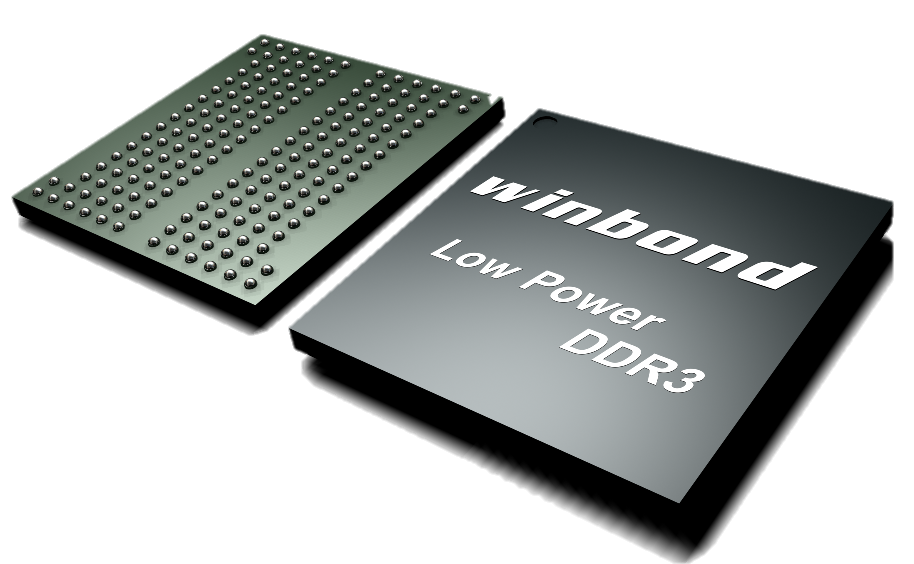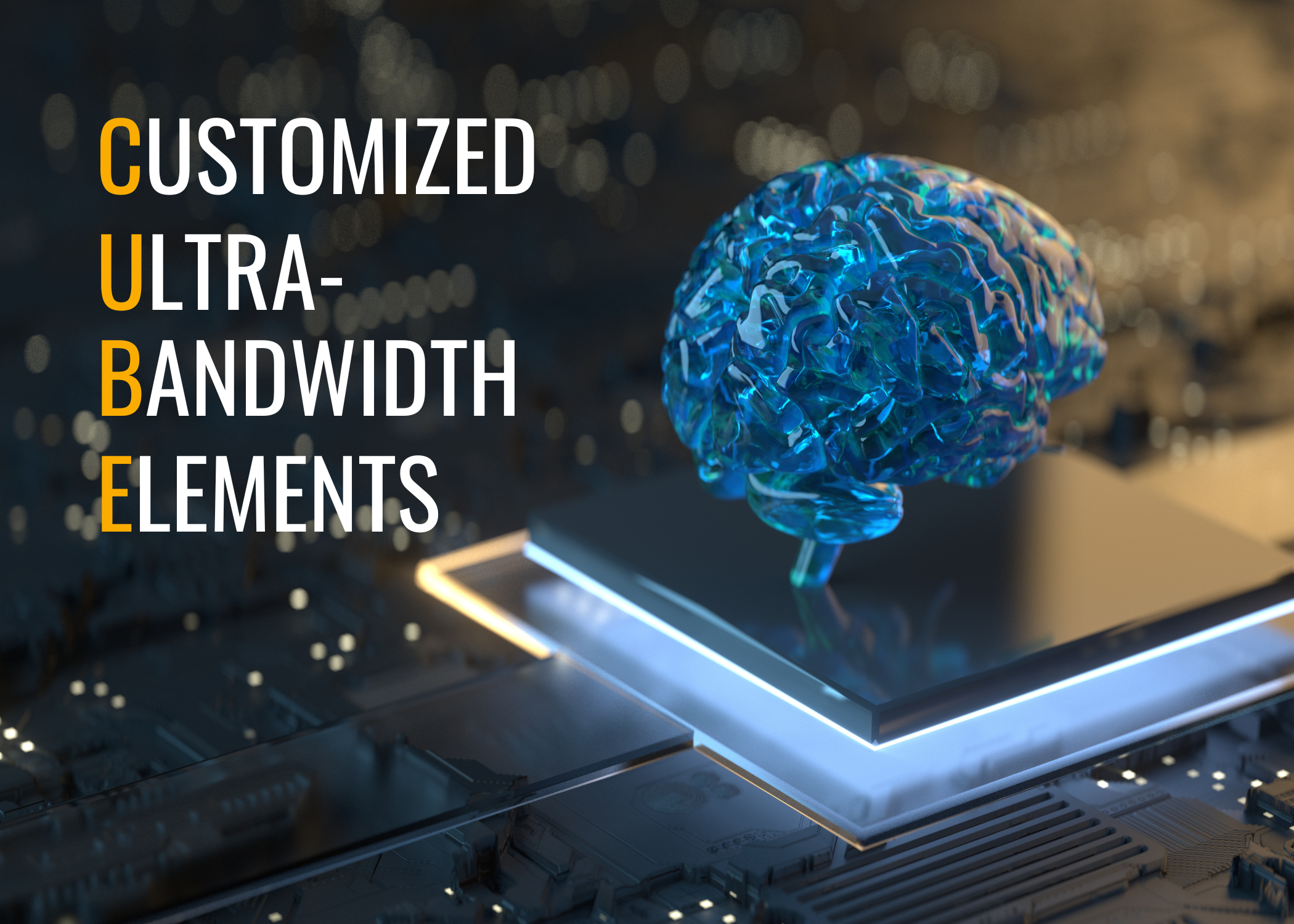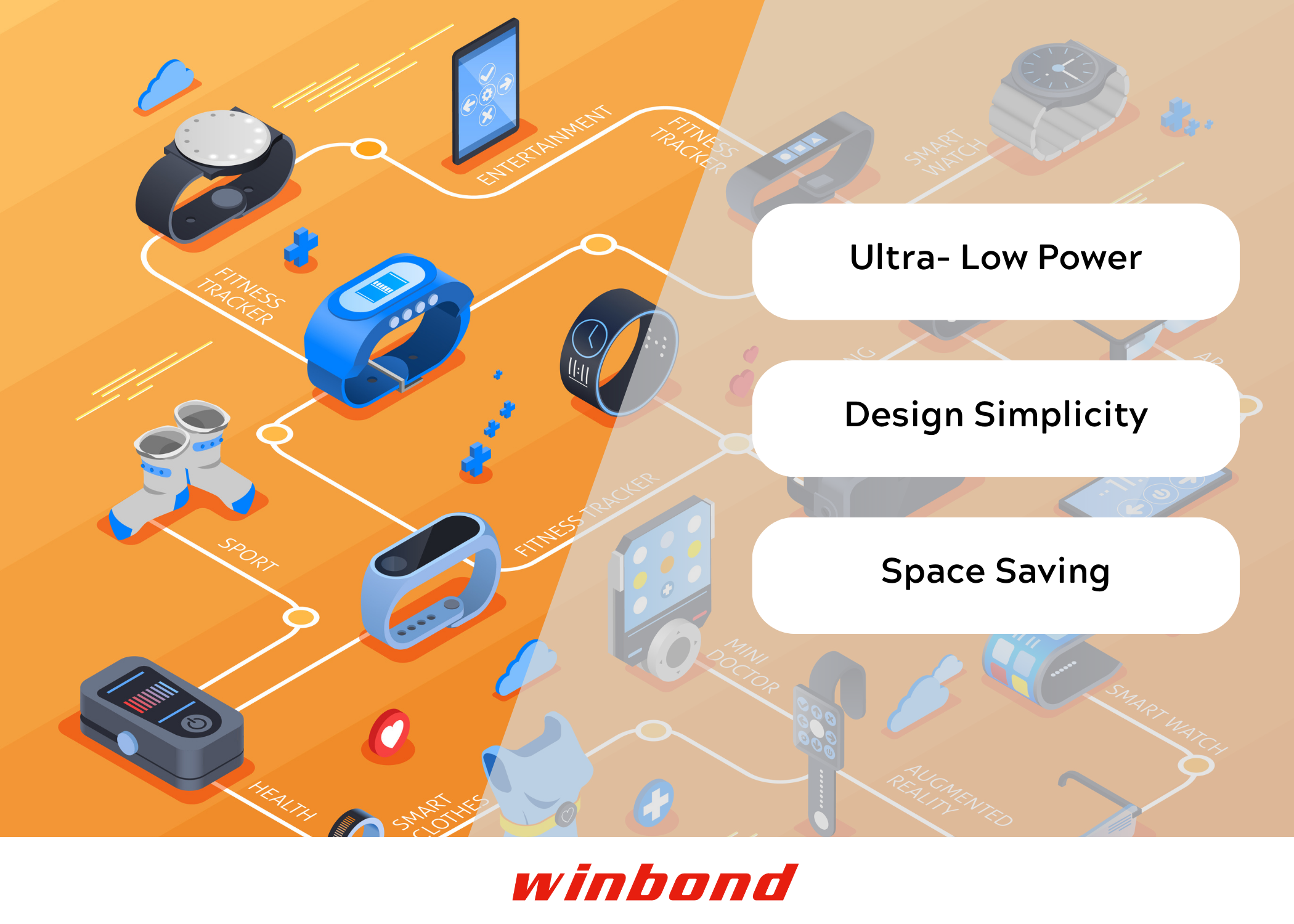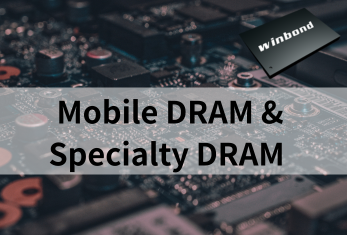With the increasing functionality of IoT processes, mobile device developers are constantly searching for smaller, faster memory chips to integrate into their products. While standard DDR RAM chips are optimized for ultra-fast data processing, low power variants like the LPDDR3 are an excellent choice for mobile applications where efficient battery power usage is a top priority.
SEARCH FOR THE PRODUCT SPEC
Low Power DDR3: How Does It Work?
Low power DDR3 SDRAMs function similarly to standard DDR SDRAMs with data transfer occurring on both the rising and falling edges of their control clock signals. Low power DDR3 units however achieve greater bandwidths than comparable DDRs while using significantly less power.
Why Is LPDDR3 Different?
Low power DDR3 SDRAM offers significant power savings over mainstream DDR3 SDRAM when operated at the same clock frequency. In active mode, the difference might be slight but when mobile devices are left to idle, DDR3 SDRAM consumes several times more power.
How Does LPDDR3 SDRAM Improve Mobile Device Battery Life?
Low power DDR3 integrate the following power-saving features:
- Low voltage settings
- Varied densities and configuration options
- Partial-array self-refresh
- Deep power state
These features allow mobile device developers to optimize their device functionality while improving battery longevity.
Memory Comparison: Winbond LPDDR2 vs. LPDDR3
When compared to LPDDR2 SDRAMs, Winbond’s LPDDR3 units achieve more rapid rates of data transfer reaching 1600~1866Mbps against 800~1066Mbps in low power DDR2. Winbond offers LPDDR3 in 1Gb densities with four banks against the 1-2Gb densities and 8 banks present in LPDDR2 units.
What Makes Winbond LPDDR3 Special?
Some key benefits of Winbond low power DDR3 SDRAMs are outlined below.
High bandwidth and cost advantages
For 1Gb x32 LPDDR3, it’s the alternative solution for developing high B/W (8.52GB/s) around 0.3W. This move will help Winbond further expand its product portfolio to respond to the diverse AIoT and ultra-high-resolution display application needs. This move will help Winbond further expand its product portfolio to respond to the diverse AIoT and ultra-high-resolution display application needs.
Expedite Time to Market
Today’s embedded system developers face challenges to upgrade LPDDR2 memory for new embedded SoC chips. Considering the migration path from LPDDR2 to LPDDR4, the IC design teams will need to invest more resources to deal with more critical signal integrity of LPDDR4 specification under tight timing margins. It is taking a great deal of time to verify and test the new design.

Note: For requests relating to KGD, please contact us. ![]()
| LPDDR2 | LPDDR3 | |
|---|---|---|
| Data Rate | 800~1066Mbps | 1600~1866Mbps |
| Density | 1Gb~2Gb | 1Gb |
| Interface | LVCMOS compatible | HSUL_12 with ODT |
| Number of Banks | 4 | 8 |
| Pre-fetch | 4 | 8 |
| Burst Length | 4/8/16 | 8 |






